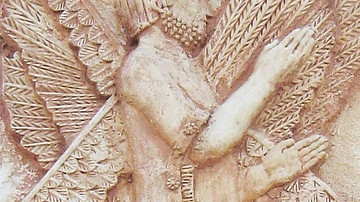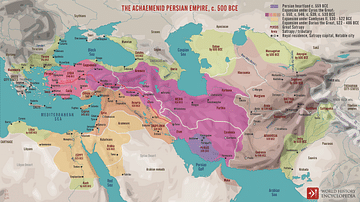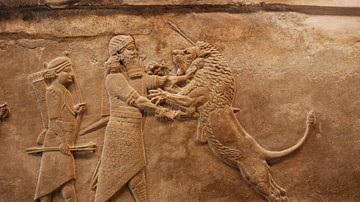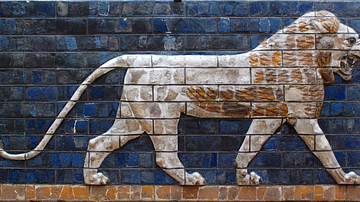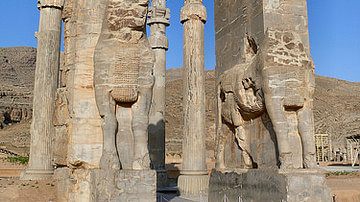Video
Cite This Work
APA Style
Museum, T. B. (2016, February 07). A new beginning for the Middle East: The Cyrus Cylinder and Ancient Persia. World History Encyclopedia. Retrieved from https://www.worldhistory.org/video/678/a-new-beginning-for-the-middle-east-the-cyrus-cyli/
Chicago Style
Museum, The British. "A new beginning for the Middle East: The Cyrus Cylinder and Ancient Persia." World History Encyclopedia. Last modified February 07, 2016. https://www.worldhistory.org/video/678/a-new-beginning-for-the-middle-east-the-cyrus-cyli/.
MLA Style
Museum, The British. "A new beginning for the Middle East: The Cyrus Cylinder and Ancient Persia." World History Encyclopedia. World History Encyclopedia, 07 Feb 2016. Web. 18 Apr 2024.
